MSU field school re-adding historically Black cemetery to the record books
The walk through Starkville’s Cotton District to Mississippi State’s campus passes many unmistakable landmarks. Trendy restaurants, new apartments and unique stores dot University Drive, grabbing attention with bright signs, colorful exteriors and unique designs. Even historical spots, including the sprawling Odd Fellows Cemetery located about half a mile from MSU’s Hunter Henry Center, are inviting, well-maintained areas that catch the eye of passersby.
Across the street from Odd Fellows, however, lies an undeveloped, tree-filled parcel in an area surrounded by new, mixed-use buildings—a quiet, unassuming patch of dirt oddly situated in such a busy location. A quick glance would fail to tell the story of the site’s historical significance.
Known now as Brush Arbor Cemetery, the space is the final resting place for an estimated 40 to 100 Black men and women who lived through one of America’s—and the South’s—most important and challenging eras: the time after the Civil War when formerly enslaved people worked to build thriving communities despite rampant prejudice. The space itself has been mostly forgotten and abandoned over time, with many headstones and grave markers missing either from lack of maintenance or intentional acts of vandalism.
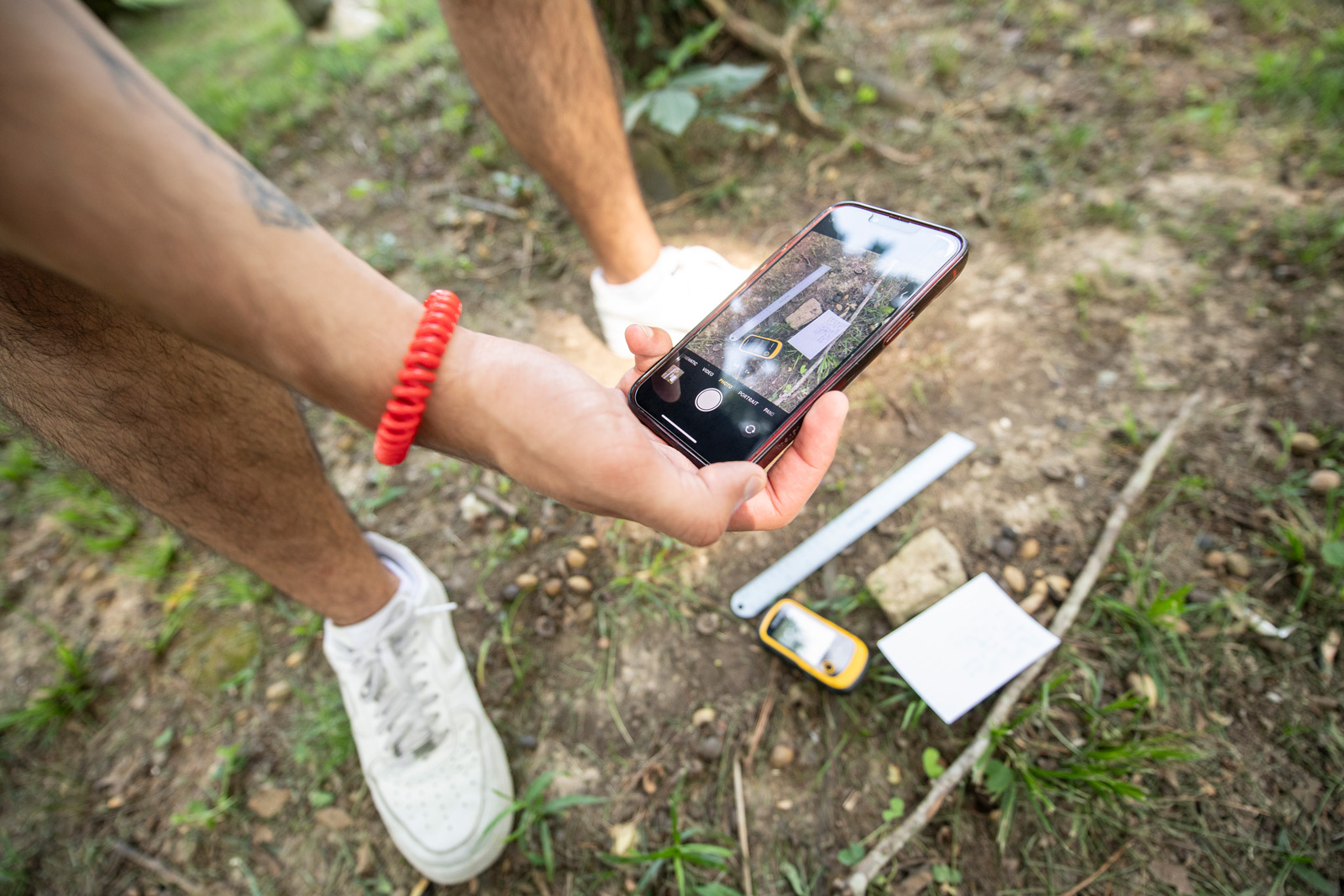


Students from across the U.S. came to Starkville for the initial phase of the three-year Brush Arbor/Starkville Colored Cemetery Community-Engaged Field Program, which is supported by almost $350,000 in National Endowment for the Humanities funding.
To overcome this neglect, Mississippi State faculty have developed an archaeological field school to breathe life back into this forgotten piece of history. Consisting of students from across the nation and led by members of MSU’s Department of Anthropology and Middle Eastern Cultures, the team plans to ensure the Brush Arbor Cemetery remains a visible part of Starkville’s story in the future.
Sponsored by almost $350,000 in National Endowment for the Humanities funding, the field school is training students in non-invasive anthropological, archaeological, archival and historical preservation methods through a hands-on, research field school. The three-year project, known as the Brush Arbor/Starkville Colored Cemetery Community-Engaged Field Program, began this summer with nine students working through archives, locating descendants and building community partnerships that will assist their work in the future. The group used GPS and archaeological survey methods to inventory the cemetery—noting every obvious or potential grave marker, no matter how weathered or eroded—and hosted interest meetings to raise community awareness of the site.
“Our students have been able to uncover amazing stories of people who went on to have careers in politics and establish still-existing churches, community organizations and even schools. ”
~ Jordan Lynton Cox
Understanding the site—both its history and how it came to be disregarded—and the stories of those who are buried there is integral to understanding the histories of Starkville, the Magnolia State and the U.S., said Jordan Lynton Cox, an assistant professor leading the project.
“The histories of the people who lived before are the stories of Starkville and Mississippi. We must start integrating these histories back into our collective knowledge—histories that many people for a long time either ignored or actively avoided,” she said. “Our students have been able to uncover amazing stories of people who went on to have careers in politics and establish still-existing churches, community organizations and even schools. These are stories that deserve to be told.”
It is unknown exactly when burials at the site first began, but the oldest remaining Brush Arbor headstone dates to 1882. Although the last burial occurred there in 1954, National Register of Historic Places documents described Brush Arbor as “grown up on briers” and “in a very foul state” before that time. Many of the graves were already unmarked.
Despite many headstones deteriorating or outright disappearing, there still lie many generations of families important to the area—with names including Chiles, Drake, Winston and Zuber, among others. Telling their stories is especially important to Makayla Smith, an MSU senior studying sociology. She first learned of Brush Arbor Cemetery while attending Starkville High School.
“I want people to understand that just as Black lives matter, Black deaths matter, too,” she said. “Doing this work was an experience of a lifetime. I was willing to drop everything to be part of this project because of how much it meant to me professionally, academically and personally. It’s a different experience for me being a Black woman and a local, and even possibly having relatives there. Who knows who I might be connected to?”
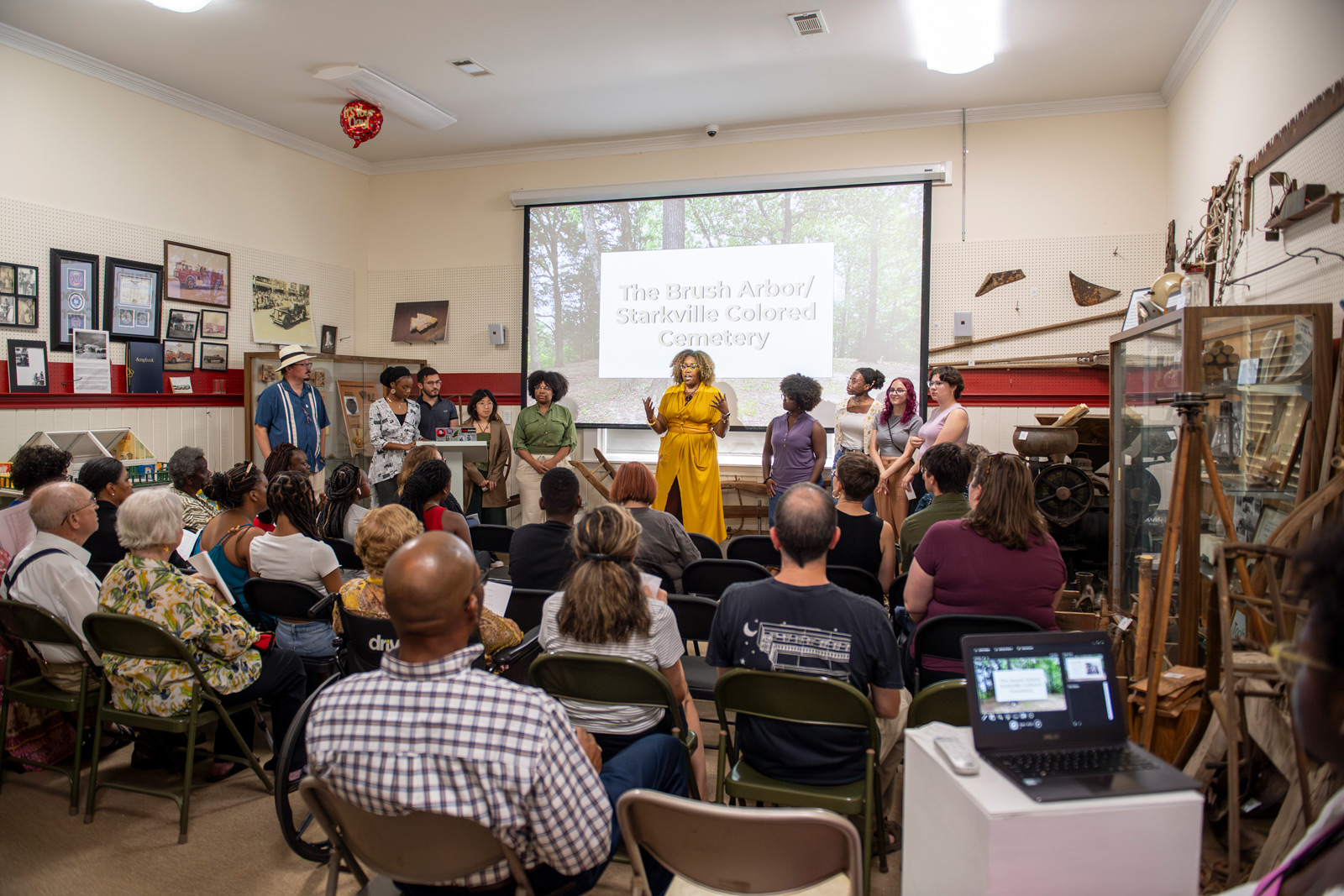
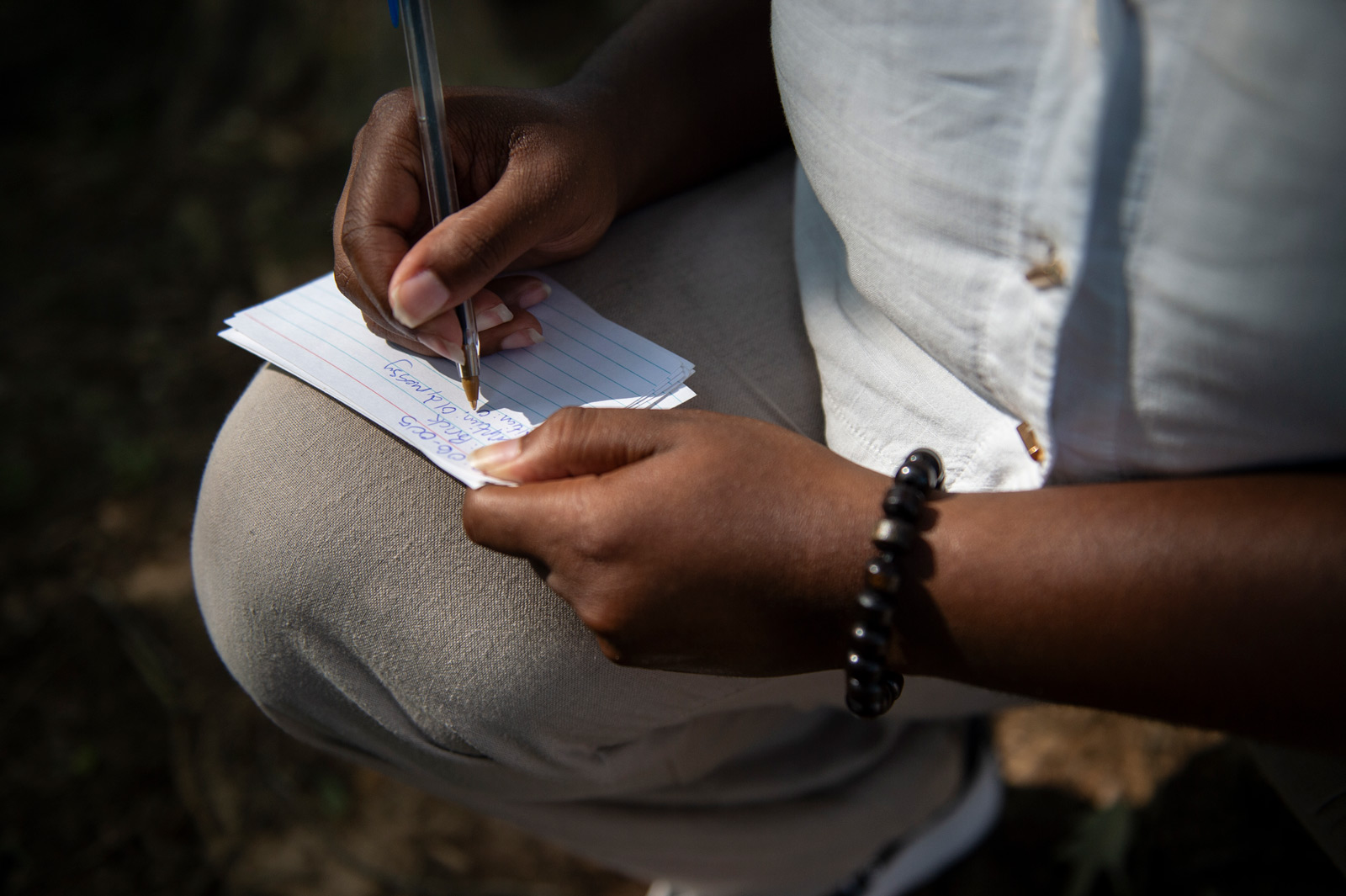
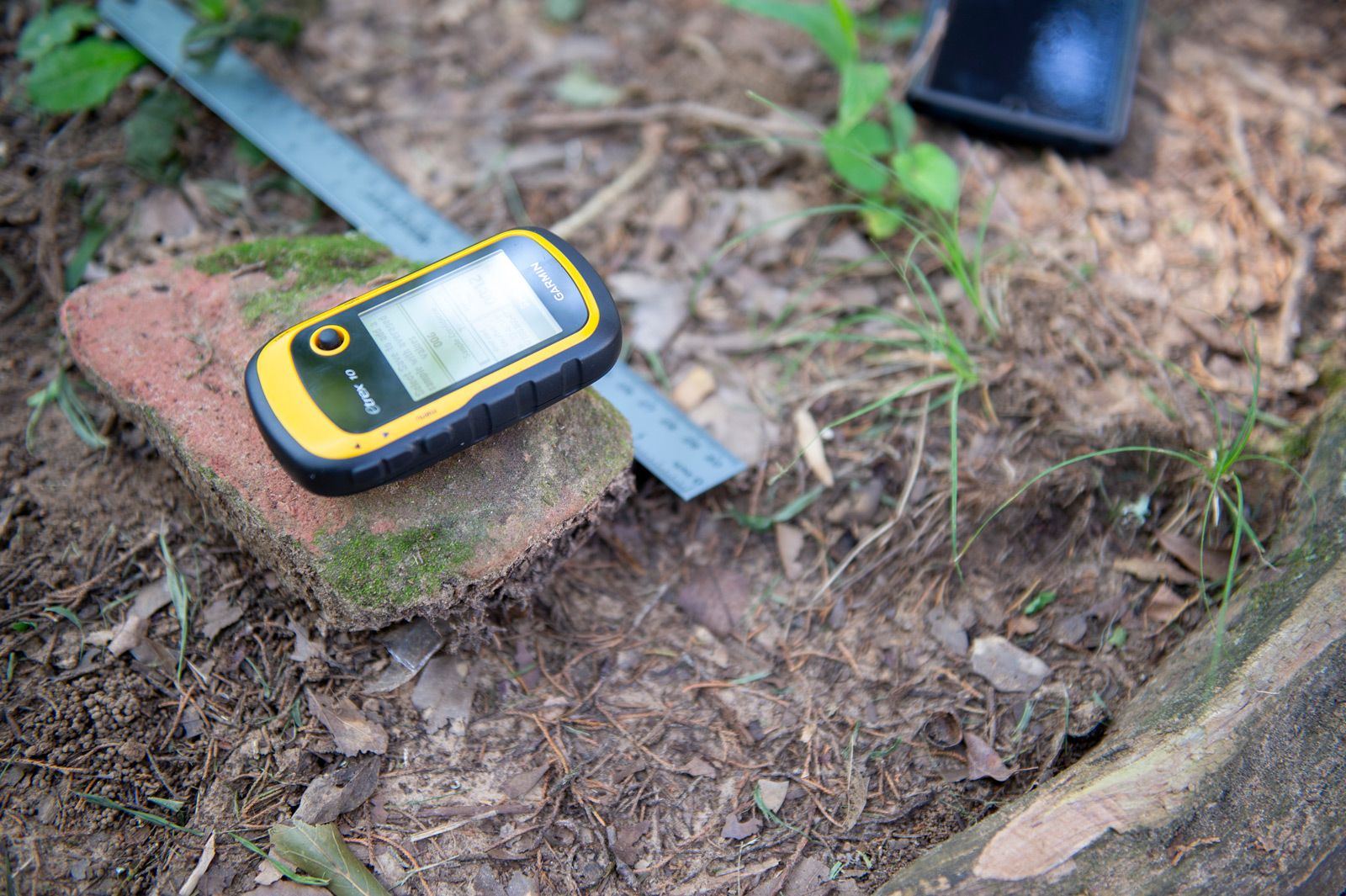

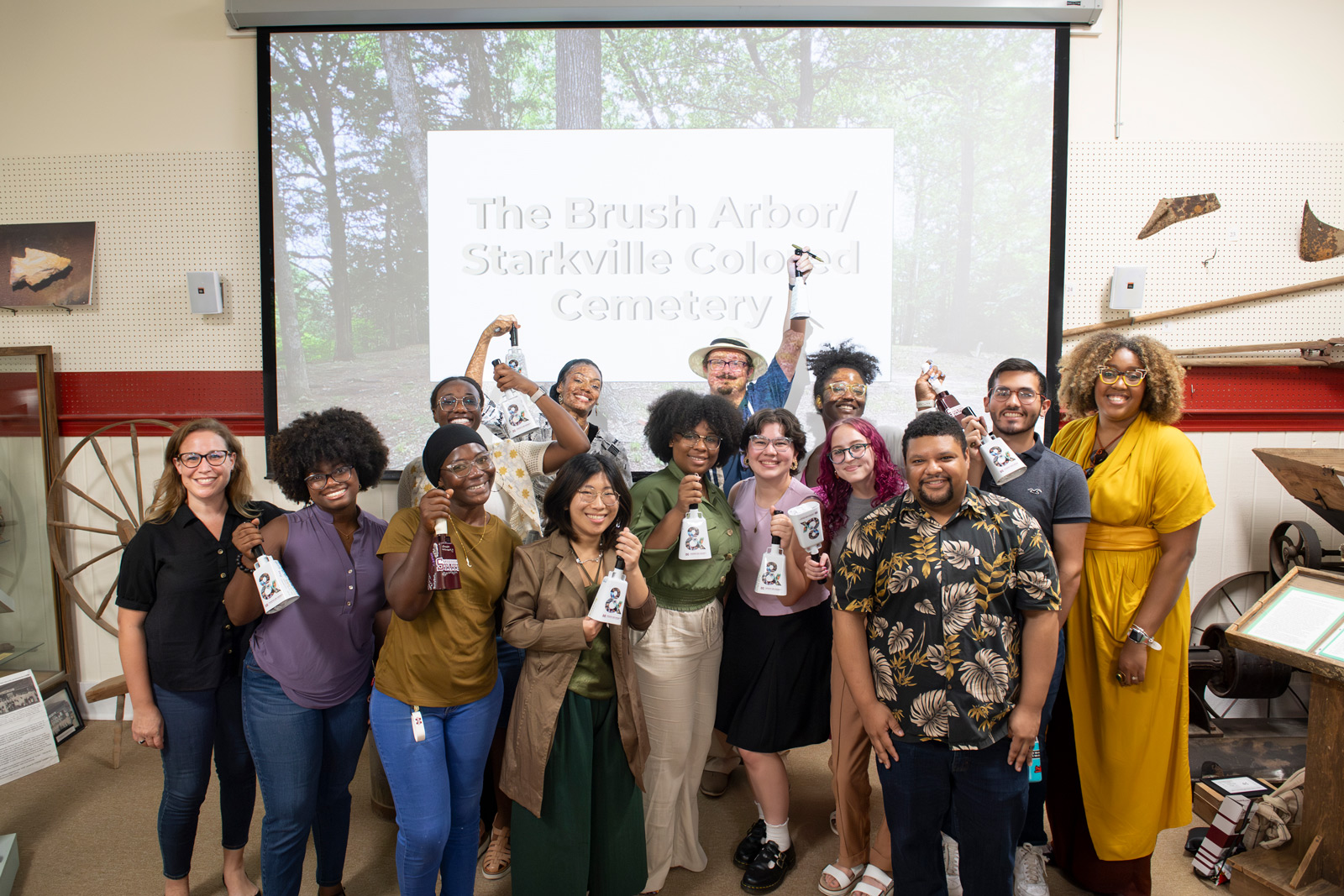
The Brush Arbor project included an archaeological inventory of the site, investigations into the lives of those who are buried there, and a meeting with Starkville residents. Participants are expected to help build a digital archive of their findings and provide advice to local stakeholders about how to preserve the cemetery for the future.
Bessie Minor Brown, a 1971 MSU graduate, can put a number on those connections. Through years of research, she has learned she has approximately 15 relatives in Brush Arbor Cemetery. A graduate of the last segregated class in Oktibbeha County, Brown said it’s important to remember the pioneers of the past because Starkville was literally built by many of them. They also poured themselves into creating a better world for their descendants, she said.
“A lot of those people, especially in my family, had these big dreams and expectations of us, and I don’t want that to be forgotten. My great-grandfather used to say, ‘It doesn’t matter about circumstances. What matters is the gray matter between your ears,’” Brown said. “This project MSU is leading is doing more than just saving a cemetery—it’s recognizing the lives that were lived and what they gave for us. Although history didn’t record their acts then, perhaps now we can write that part of history for them.
“It’s now up to everyone to think of our lives as a legacy that’s linked to the past and will be linked to the future,” she continued. “Knowing the history of the people buried there should inspire us all to do more—to tell our children and those around you about our history and to tell them to never forget it.”
The three-year Brush Arbor project will continue with future participants documenting local history through community interviews, creating an digital archive of the cemetery and those buried there, and handing off preservation responsibilities to the city or a non-profit community organization.
By Carl Smith, Photos by Megan Bean


